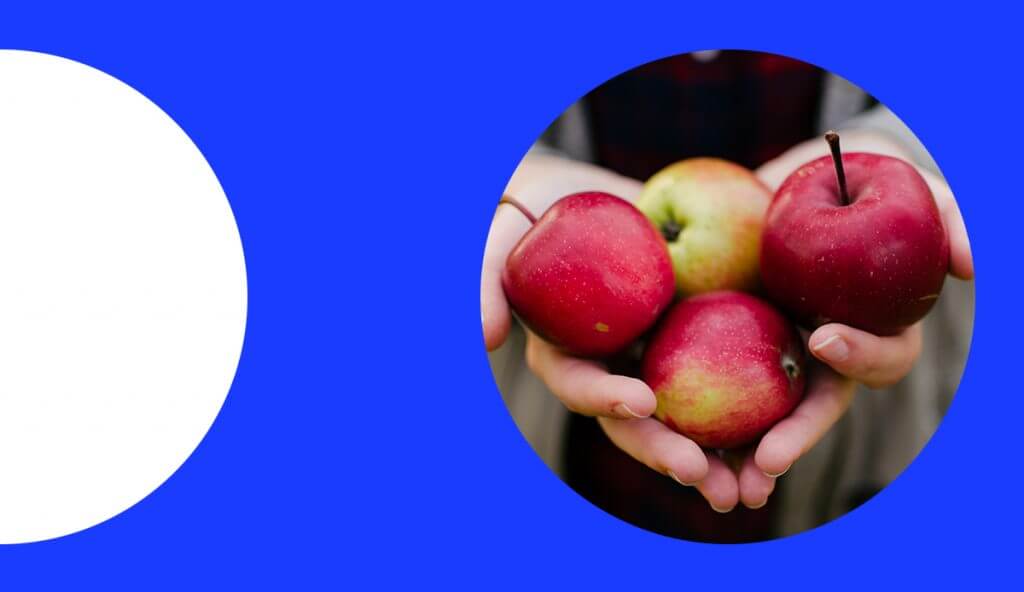
Lauren Park, Global Head of App Store Optimization at M+C Saatchi Performance leads the ASO team from London, she outlines 5 ways to ensure apps are optimized for both Google Play and Apple App Stores.
Every month, tens of thousands of new apps launch on mobile stores and users are searching and downloading up to 20 billion apps each month, the overwhelming majority taking place in Apple’s App Store and Google Play. No company with an app in either (or both) stores can afford to abandon its marketing efforts. The goal for the rest of 2023 should be targeted marketing and smart budget allocations.
There’s cut-throat competition for attention, and companies should take every advantage to stand out. One way to reap strong ROI with limited expenditures is to focus heavily on app store optimization (ASO), a mix of store-provided tools and tactics agencies can help you master. In uncertain economic markets, optimization is often a great way to improve efficiency while not requiring significant capital investment.
Often, app companies can struggle to keep up-to-date with the latest ASO trends, and even those who have embraced it can make the common mistake of treating it as a set-it-and-forget-it initiative, whereas ASO requires constant testing and evaluation.
The reality is that app stores change their policies and offerings frequently, and you need to constantly re-align your strategy to ensure an optimal approach. Apple’s updates have placed the company more in-line with Google’s offerings. We identify where the stores differ below and how that will affect your strategy.
As you think about improving your ASO strategy for the rest of 2023 and beyond, here are five wins on which you should focus:
1. Create Custom Product Pages (Apple) and Custom Store Listings (Google)
This is an existing feature from Google that has been revamped, and a new offering from Apple that enables app developers to create different variations of landing pages on the app stores to reach and appeal to different audiences. In both scenarios, developers can create different versions of their landing page (up to 35 on Apple and 50 on Google Play) to attract audiences from different channels and ads (by syndicating different links). With data privacy resulting in less targeted campaigns, app developers need to rely even more heavily on ad channels and creative to understand user preferences. With Custom Product Pages and Custom Store Listings, we can now provide a semi-personalized experience, allowing developers to display a storefront that matches the channel or creative that the customer engaged with, ultimately generating improved customer experience and conversions.
2. Incorporate seasonality into your messaging
The most common mistake developers make is thinking that the language they use when launching the app doesn’t need adjustments until they release a major update. Meanwhile, the world changes every day and offers new and unique opportunities to align messaging to the new reality through content and appropriate tags. New trends rise, new shows become many people’s binge obsession, and external geopolitical events may render a previously innocuous joke in your copy now a huge faux pas, all of which are connected to user search behavior. The keywords you used when launching may no longer be relevant as people have moved on to other topics. ASO means keeping a careful eye on every aspect of your app store strategy and making adjustments frequently.
3. Utilize in-app events to call attention to big moments
App developers can use this functionality differently, depending on the type of app they create. Game developers can highlight limited-time competitions. Entertainment providers can highlight their new films or content. Financial services apps can highlight new features or new product offerings. The list goes on and on. As with other recommendations in this article, in-app events require developers and their agencies to prioritize upkeep throughout the year to maximize impact.
4. Explore alternative app stores
Of course, no 2023 technology story can avoid mentioning Elon Musk. The new Twitter CEO complained openly about Apple’s 30% cut for every time someone paid for Twitter Blue through the Apple app store, openly musing about “going to war” with Apple. Twitter ultimately stayed with Apple (what else could they do?), but charged more money for users who sign up via Apple versus signing up on Twitter’s website. Again, Google has long permitted independent app stores: Amazon’s app store for its Android-powered Fire tablets, and other phone providers like Samsung and Xiaomi created their versions. Keep an eye on Apple, which is reportedly allowing third-party app stores in 2023.
5. Know what works best with A/B testing
While Google has long offered A/B testing, Apple has only recently rolled it out on App Store Connect, where you can now test screenshots, preview videos, and icons. And yet, more app developers could prioritize this feature. Apple’s A/B testing has some limitations, however. You can only run one test at a time across any number of markets. Therefore, companies interested in multiple tests will need to establish and maintain a schedule, so testing occurs orderly. And if you submit an update to the app, any existing A/B tests automatically conclude. Despite these challenges, it’s a simple and free way to continually improve the success of your app marketing efforts.
In Summary
Keep in mind that all of the above services are available for your competition as well as you. So failing to act means you risk falling further behind them or losing your dominant position. Orienting toward optimization is table stakes. But mastering it requires a trusted partner that has run optimizations for many clients and is constantly on top of new developments.

